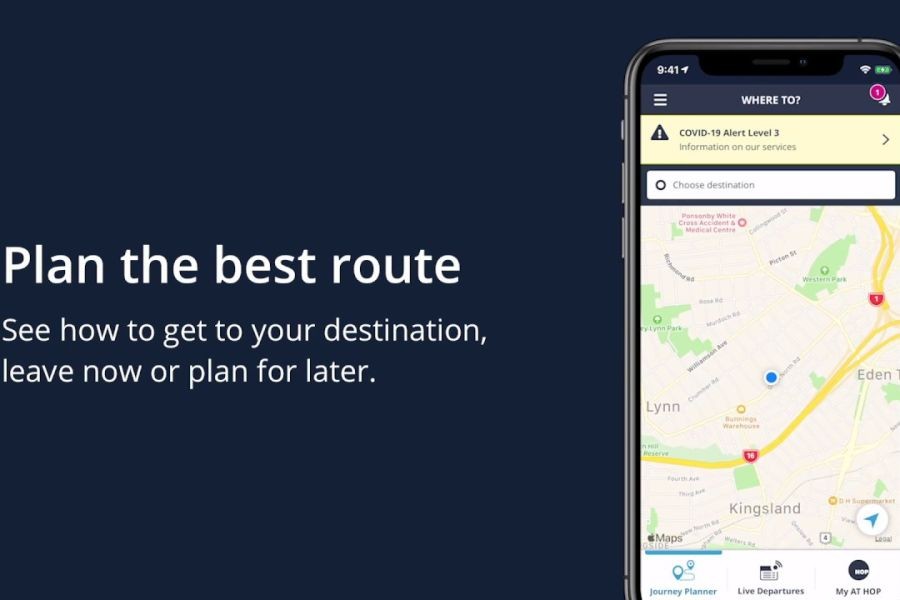In the rapidly evolving business landscape of Australia, the debate over working from home versus the office remains a critical consideration for entrepreneurs. The COVID-19 pandemic has accelerated a shift towards remote work, prompting business leaders to question which model best supports productivity, creativity, and security. For Australian entrepreneurs, particularly those navigating the cybersecurity sector, understanding the implications of these work environments is essential. This article delves into the pros and cons of each setup, provides data-driven insights, and highlights key trends shaping the future of work in Australia.
Current Trends in Remote Work and Office Settings
Australia's workforce has seen a marked increase in remote work adoption. According to the Australian Bureau of Statistics (ABS), approximately 40% of Australians worked from home at least once a week in 2022, a significant rise from pre-pandemic levels. This shift is not just a temporary response to health concerns but reflects a deeper change in work culture and expectations.
The benefits of remote work include flexibility, reduced commuting time, and potential cost savings for both employees and employers. However, the office environment still offers advantages such as enhanced collaboration, access to resources, and a clearer separation between work and home life. As cybersecurity threats grow more sophisticated, the choice between home and office work also carries implications for data protection and regulatory compliance.
Pros and Cons of Working from Home
Pros:
- Flexibility: Remote work allows employees to tailor their schedules, which can increase job satisfaction and reduce burnout.
- Cost Savings: Both employers and employees can save on expenses such as office space rent, utilities, and transportation.
- Access to a Wider Talent Pool: Organizations can hire talent from anywhere, not just within commuting distance, broadening their options for skilled workers.
- Environmental Impact: Reduced commuting decreases carbon emissions, contributing to sustainability goals.
Cons:
- Security Risks: Remote work can increase exposure to cybersecurity threats if employees use unsecured networks or devices.
- Isolation: Employees may experience feelings of loneliness or disconnect from their teams, impacting morale and productivity.
- Work-Life Balance: The blurring of home and workspaces can lead to longer hours and difficulty unplugging.
- Reduced Collaboration: Face-to-face interaction, which often fosters innovation, is limited.
Case Study: Atlassian's Hybrid Work Model
Problem: Atlassian, one of Australia’s largest tech companies, faced challenges in maintaining productivity and collaboration during the shift to remote work.
Action: In response, Atlassian adopted a hybrid model, allowing employees to work from home or the office. They invested in cybersecurity infrastructure to secure their remote workforce and implemented collaboration tools to enhance communication.
Result: This approach led to a 20% increase in employee satisfaction and a 15% boost in productivity. Security incidents decreased due to enhanced protocols, demonstrating a balanced approach to flexibility and safety.
Takeaway: Atlassian’s success highlights the potential of hybrid models in balancing flexibility with the need for security and collaboration, offering valuable lessons for Australian entrepreneurs considering similar arrangements.
Cybersecurity Considerations
For entrepreneurs, particularly in the cybersecurity sector, the decision between remote and office work is heavily influenced by security concerns. The Australian Competition & Consumer Commission (ACCC) emphasizes the importance of secure data handling, which can be more challenging in remote settings. Implementing robust security measures, such as VPNs, encrypted communications, and regular security training, is critical.
Moreover, Australian businesses must adhere to strict data protection regulations, including the Privacy Act, which dictates how personal information should be handled. Failure to comply can result in significant penalties, making it essential for businesses to assess their cybersecurity capabilities when deciding on their work model.
Future Trends: The Rise of Hybrid Work
Looking ahead, the hybrid work model is poised to become the norm in Australia. A study by Deloitte predicts that by 2025, 55% of Australian businesses will adopt a hybrid approach, combining the benefits of both remote and office work. This trend is driven by the need for flexibility, talent retention, and cost management.
The Reserve Bank of Australia (RBA) also notes that businesses investing in digital infrastructure to support hybrid work are likely to see enhanced productivity and innovation. As technology evolves, tools that facilitate seamless transitions between home and office environments will become increasingly vital.
Common Myths about Remote and Office Work
Myth: "Remote work always leads to decreased productivity."
Reality: Studies, including one from the University of Sydney, show that remote workers can be just as productive, if not more, than their office counterparts when supported by the right technology and management practices.
Myth: "Office work is essential for effective team collaboration."
Reality: While in-person interactions have their benefits, digital tools like Slack and Zoom enable effective collaboration regardless of location, as evidenced by companies thriving in remote settings.
Biggest Mistakes to Avoid
- Ignoring Cybersecurity: Failing to secure remote work environments can lead to data breaches. Entrepreneurs should implement comprehensive security measures and conduct regular training to mitigate risks.
- Overlooking Employee Well-being: Remote work can lead to burnout if not managed properly. Providing mental health resources and encouraging regular breaks is crucial.
- Neglecting Communication Tools: Without effective digital communication tools, teams can become disconnected, impacting productivity and morale. Investing in reliable platforms is essential.
Conclusion
Deciding between working from home and the office requires careful consideration of various factors, including productivity, security, and employee well-being. For Australian entrepreneurs, particularly those in cybersecurity, a hybrid approach may offer the best of both worlds, combining flexibility with the necessary structure and security. As trends continue to evolve, staying informed and adaptable will be key to sustaining success in the dynamic business environment. What's your take on the future of work in Australia? Share your insights below!
People Also Ask (FAQs)
- How does remote work impact businesses in Australia?Remote work can enhance flexibility and reduce costs, but it requires strong cybersecurity measures to protect sensitive data, according to the ACCC.
- What are the biggest misconceptions about remote work?A common myth is that remote work decreases productivity. However, research from the University of Sydney indicates that productivity can remain high with the right tools and practices.
- What are the best strategies for implementing a hybrid work model?Experts recommend investing in digital infrastructure, fostering a culture of flexibility, and ensuring robust cybersecurity to protect remote work settings.
Related Search Queries
- Hybrid work vs. remote work Australia
- Cybersecurity in remote work environments
- Future of work trends in Australia
- Office work productivity statistics
- Remote work benefits and challenges






























